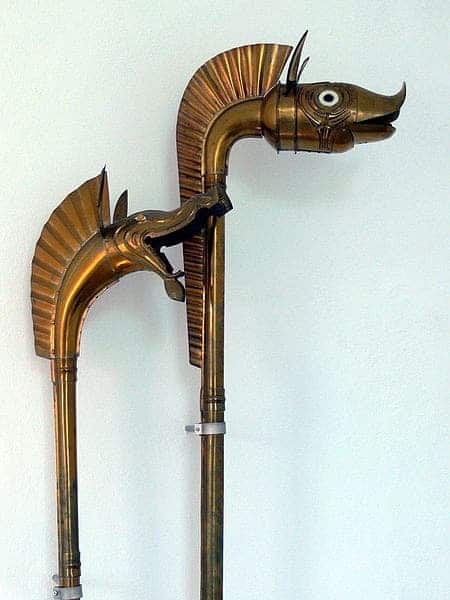An archeologist studying Irish iron-age musical horns has found a very surprising correspondent of the ancient musical arts in Europe: these artistic practices, long considered to be dead, are still alive and well in south India.

Image credit: Stuart Hay/ANU
Europe and India aren’t exactly what you’d call close to each other. Not only geographically, but also from a cultural point of view — different ideas, language, cuisine, religious practices and artistic concepts have shaped these areas throughout their history. So you can image the surprise of PhD student Billy Ó Foghlú, from The Australian National University (ANU) when he discovered that modern Indian horns are almost identical to iron-age artifacts found throughout Europe.
This is testimony to the strong cultural links that existed between the two regions some 2,000 years ago, he says.
“Archaeology is usually silent. I was astonished to find what I thought to be dead soundscapes alive and living in Kerala today,” said Ó Foghlú. “The musical traditions of south India, with horns such as the kompu, are a great insight into musical cultures in Europe’s prehistory.”
This cultural tie can be used both ways though, also offering insight into the history of India’s musical arts.
“And, because Indian instruments are usually recycled and not laid down as offerings, the artefacts in Europe are also an important insight into the soundscapes of India’s past.”
The level of similarity between the horns suggest that Europe and India had rich cultural exchanges, with musicians sharing instruments and practices native to their area. An example of this exchange can be found in a carving dating from 300 BC that shows a celebration in Sanchi. A group of performers is depicted here, playing music on two European carnyces, a type of horn with the end fashioned in the image of an animal’s head.

Image credits wikimedia user Wolfgang Sauber.
The musical style of Kerala also helps explain some of the mysteries surrounding the horns that have been unearthed in European iron-age excavations and suggest a very different musical soundscape to current western music.
“Some almost identical instruments have been unearthed together, but they are slightly out of tune with each other to western ears,” Ó Foghlú said.”This was previously assumed to be evidence of shoddy workmanship.
“But in Indian music this kind of dissonance is deliberate and beautiful. Horns are used more as a rhythm instrument, not for melody or harmony in a western sense.”
The research paper, titled “Ancient Irish musical history found in modern India.” is published in the Journal of Indian Ocean Archaeology.


